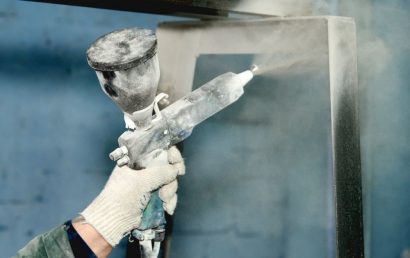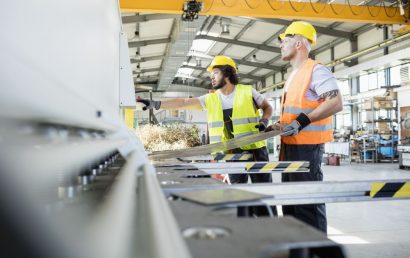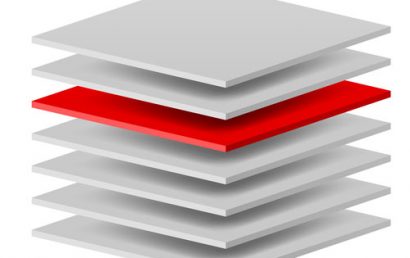How Can Marine Equipment Benefit From Surface Coatings?
Without surface coatings for marine equipment, no matter what the part, machine, surface, or component, they stand little chance of continuous, proper operation due to the severity of the marine environment. With both corrosiveness and abrasiveness, it is one of the harshest in existence.
The impact that the environment can have on marine environment structures costs the industry billions of dollars annually – and that is with remediation, control, and prevention. Imagine the devastating financial effect the industry would suffer if it weren’t for protective coatings!
Flexible Surface Coatings
Offering resistance to chemical attack from salts and petroleum products, today’s flexible surface coatings are one of the best ways to minimize and mitigate the type of corrosion to which marine equipment would otherwise be subjected. These coatings make maritime structures impermeable to a wide range of destructive agents with their flexibility and durability. The gas and oil industry use maritime structures which are guarded from excessive abrasion, impact, and corrosion thanks to two specially developed polyurea coatings.
Time Constraints Are a Factor
It is essential that downtime be minimized while a structure is being treated with surface coatings. The client’s operation is disrupted for far shorter periods thanks to the quick application possible through spray coatings. The method of spraying coatings serves the maritime industry well because they are rapid setting – particularly where polyurea coatings are concerned. In a few seconds, they “snap cure”, forming a surface that can be walked on and one that is solid and reliable.
Flexibility of the Utmost Importance
Why is it important that these coatings not only protect but be flexible? The flexibility allows them, when contraction and expansion occur, to move with the underlying structure. Two of the major reasons for this contraction and expansion are the weather (temperature) and ambient moisture found in maritime settings. But these coatings go one step further by additionally offering the possibility of thicker coatings where needed (up to 66 mm). Without running or sagging, even along a vertical or sloping surface, today’s sprayed protective maritime coatings can be quickly (but thickly) applied resulting in surfaces that are easy to clean, maintain, and (if necessary) recoat.
Deck Penetration Boots
Some offshore structures have deck areas that are penetrated by equipment such as pipes. It is imperative that anything running through the pipes not make it all the way to the ocean below. To cover these penetrations, a butyl rubber boot is used on many offshore rigs. This boot is taped to the deck and pipe. Unfortunately, in a matter of months, salt exposure and UV damage can degrade the boot’s rubber. So, once again, protective coatings come in – and, once again, the coating material used is polyurea. The coating creates, on all deck penetrations necessary, a flexible, water-resistant, liquid-tight interface with long-term durability.
For 70 years, A&A Coatings has served numerous businesses by protecting surfaces against abrasion, corrosion, and more. We service the marine industry as well as many others. If you would like to find out what modern spray technology and protective coatings can do for your business or industry, contact one of our helpful, knowledgeable service representatives today.



